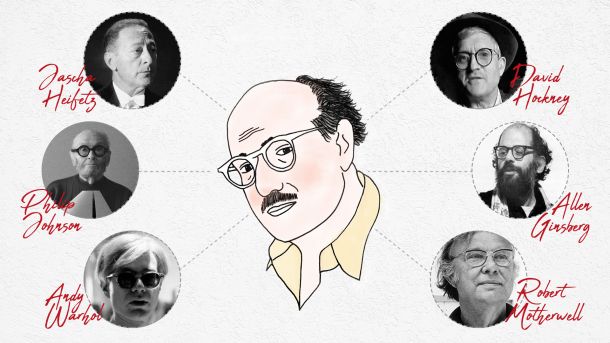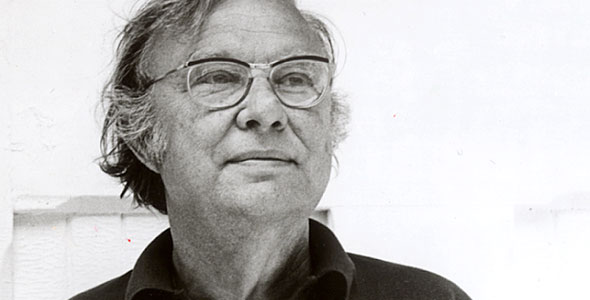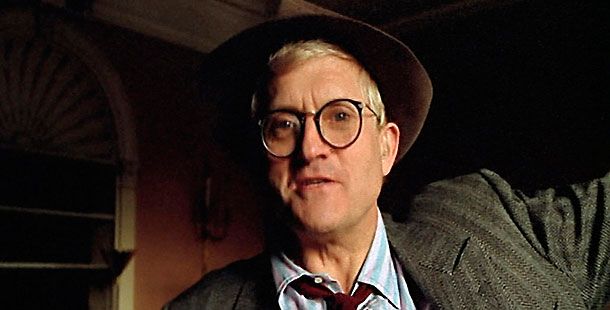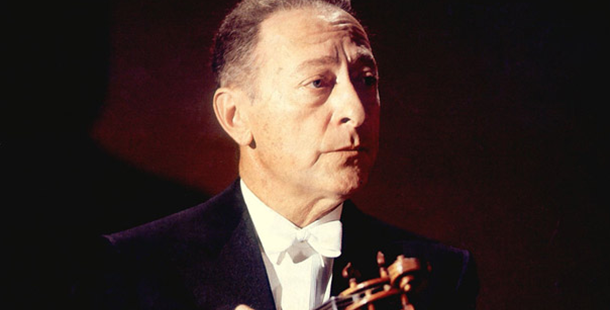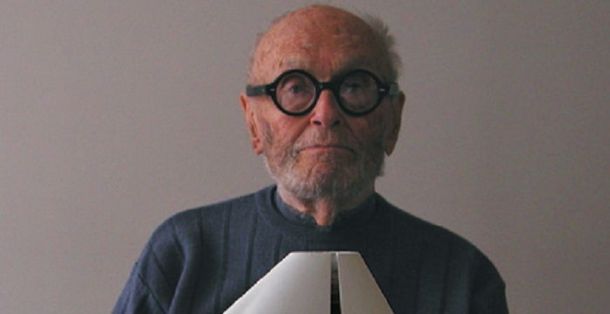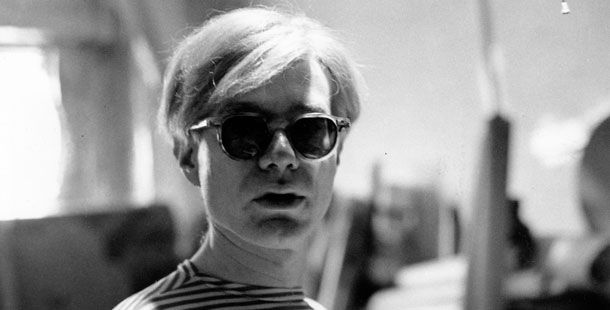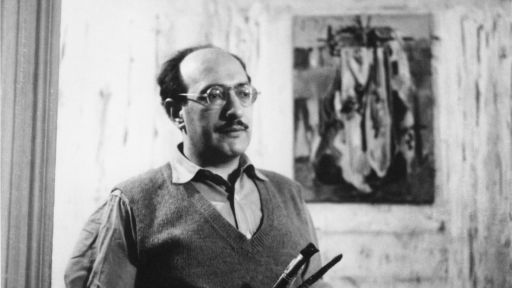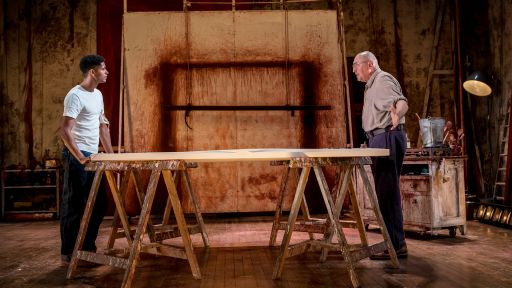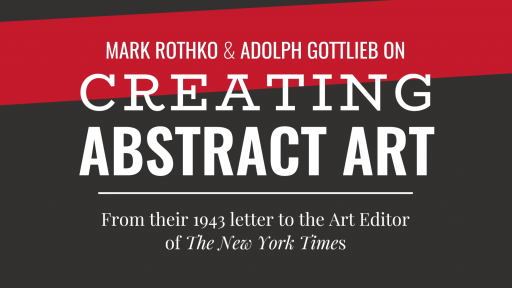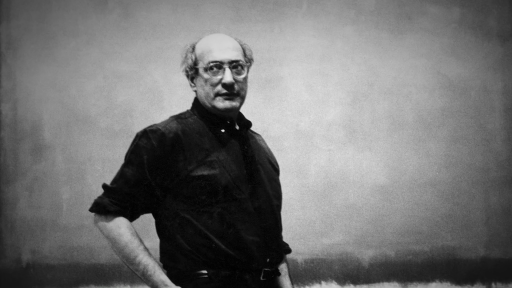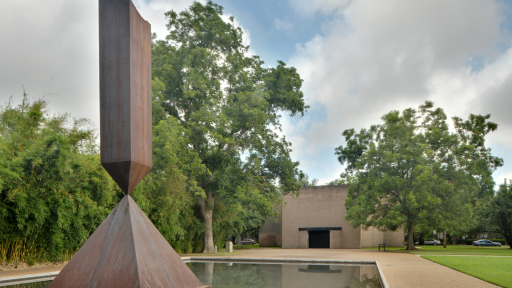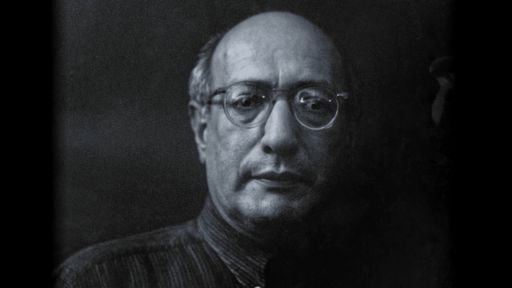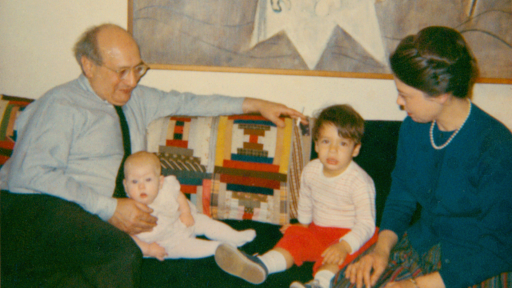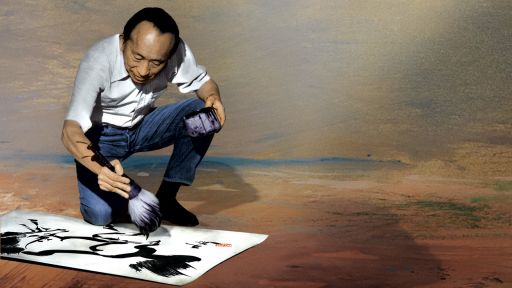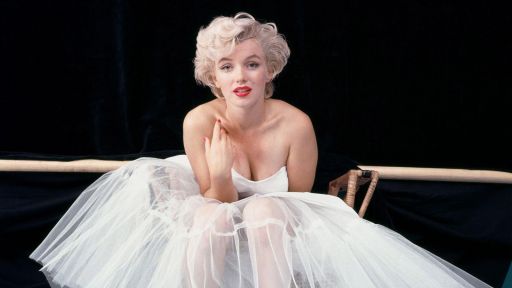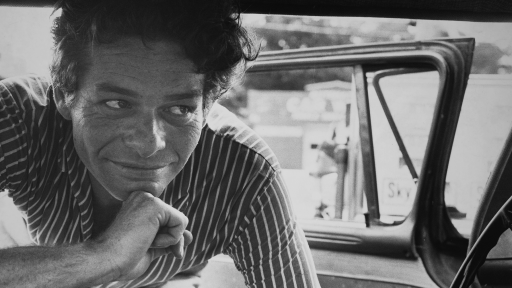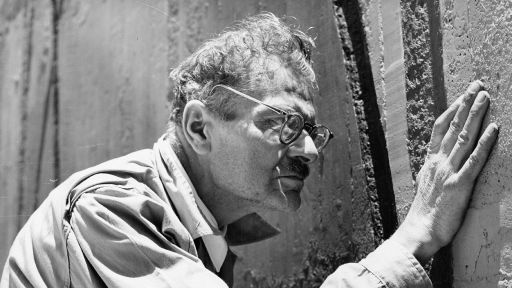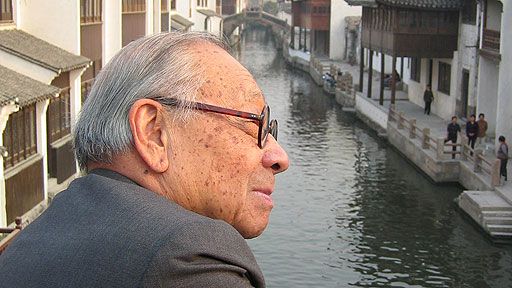Rothko: Pictures Must Be Miraculous tells the story of the art world giant whose signature color fields defined the Abstract Expressionist movement and revolutionized the art world. Before you watch this film by Eric Slade, check out Mark Rothko’s fascinating connections to other icons profiled on American Masters!
1) Robert Motherwell
When Rothko moved to New York in the 1920s he made a home for himself in Greenwich Village’s up-and-coming art scene. While studying under Max Weber, Rothko began to hang around a group of artists known as The New York School. Among them was his friend Robert Motherwell, one of the youngest members of the group. Both men became staples of the mid-century art circuit.
2) Allen Ginsberg
New York City’s Greenwich Village was a community that became home to several “Masters.” In the 1950s, just as Rothko was hitting his stride with his signature color fields, the Beat movement in literature was making a mark in New York. Among those voices was Season 12 subject Allen Ginsberg. Most widely known for his poem “Howl,” Ginsberg became the most famous living American poet before his death on April 5, 1997 at the age of seventy. At the time of his death, “Howl” had been reprinted more than fifty times.
3) David Hockney
The impact of Rothko’s work can be felt across generations. One painter who cites Rothko’s work as an influence is Season 21 subject David Hockney. While studying art at the Royal College of Art in London, he was deeply moved by the works of the Abstract Expressionists, specifically Rothko. At different times, both Rothko and Hockney held the record for most expensive contemporary art piece sold; Rothko in 2012 for “Orange, Red, Yellow ” and Hockney in 2018 for “Portrait of an Artist (Pool with Two Figures).”
4) Jascha Heifetz
While Rothko is known as one of America’s most influential artists, he was an immigrant who became an American through naturalization. Born in Dvinsk, Russia (modern-day Latvia), Rothko’s family came to America in 1913 when he was 10 years old. Many naturalized citizens have made significant contributions to America’s artistic identity and Rothko is far from the only “Master” born outside of the country. Jascha Heifetz was born in nearby Vilnius, Lithuania, which was also part of the Russian Empire at the time of his birth. Heifetz was a violinist and considered one of the greatest to ever play. His tours throughout the Russian Empire brought him through Rothko’s hometown in the 1920s. Rothko’s fellow immigrant was profiled in Season 29 with the film Jascha Heifetz: God’s Fiddler.
5) Philip Johnson
One of the major American architects of the 20th century, Philip Johnson played an enormous role in both understanding and creating the urban skylines in this country. One of his most famous projects was the Seagram Building in New York, a collaboration with Mies van der Rohe. The Seagram Building was home to the famous Four Seasons restaurant; Mark Rothko was commissioned to paint a series of murals for the restaurant, but after he dined there he rescinded the paintings because he found the location too commercial.
6) Andy Warhol
Andy Warhol and Mark Rothko both came out of the bustling New York art scene of the middle of the 20th century. Rothko came to prominence with Abstract Expressionism, and Warhol’s rise came a generation later with the Pop Art movement. The two artists met once: Ruth Kligman, a fellow painter, introduced Rothko to Warhol, but Rothko refused the introduction by walking the opposite direction without saying a word.
Mark Rothko: Pictures Must Be Miraculous premieres Friday, October 25 at 9 p.m. ET on PBS (check local listings), pbs.org/americanmasters and the PBS Video app.

